Willow is a tree or shrub, what it looks like, how it differs from willow, what it symbolizes

Holly willow, also known as pussy willow, is a tree or shrub with an oval-shaped crown and red bark. The name was given to the plant by the people, just like its other names: krasnotal, shelyuga, verboloz.
Willow is considered a magical and medicinal plant; people used it to protect against evil spirits and to treat diseases.
Today, the willow is a symbol of awakening nature, the beginning of spring and the good Christian holiday - Palm Sunday.
Content:
- Description of the plant
- Features, willow is a tree or shrub
- What willow looks like in summer and spring in the photo, seals
- How to distinguish willow from willow
- Where is the plant distributed?
- How to create conditions for growing a tree
- Willow in landscape design
- Healing properties of the plant
- Signs
Description of the plant
Willow belongs to the willow family. Its official name is holly willow.
It can look like a tree-like shrub or tree up to 12 meters high with thin and long twig-like branches covered with light fluff or a waxy coating.
The color of the branches can be brown-red, bright burgundy or yellowish.
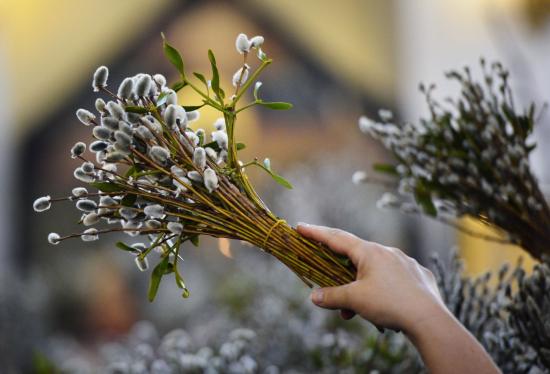
The branches are directed upward, intertwined with each other and form an oval-shaped crown.
In early spring, at the end of March and beginning of April, gray-white fluffy buds appear on the branches. These are the male flowers of the plant.As they mature, they open and yellow pollen appears at the ends of the elongated stamens.
The opened flower looks like a fluffy yellow chicken. The hairs of the flower, which give it a fluffy appearance, are necessary for protection from frost, which is still common in early spring.
On some branches, fluffy buds never appear. Instead, we see long gray-green earrings. These are female flowers. They wait for pollination by male pollen to begin the process of seed maturation. The seeds fully ripen by the end of May - beginning of June.
Willow has all the characteristics of a wind-pollinated plant, but it is a honey-bearing shrub, which is necessary for early bees and bumblebees during the period when everything in nature is still dormant.
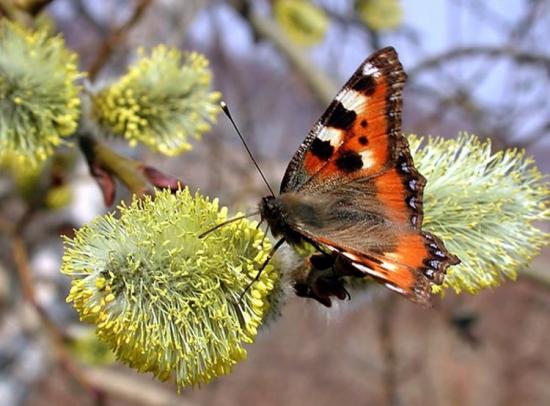
By tearing out all the flowering branches for the church holiday, people deprive insects of their only source of food, and the willow is deprived of the opportunity to sow ripened seeds. Therefore, after the holiday, the branches can be planted in moist soil.
They will definitely take root, and a new tree with fluffy lambs on the branches will appear in nature.
Features, willow is a tree or shrub
According to botanists, it is a shrub or a very small tree. Unlike other species of willow, which have a powerful trunk up to several meters in girth, willow branches rise directly from the ground or form into a conditionally thickened trunk, from which shoots then grow.
Whether the plant becomes a tree or remains in the form of a bush depends on the conditions of the place where it grows and the age of the plant.
In conditions suitable for it, it grows into dense thickets. This feature can be used to strengthen the soil along the banks of rivers, ravines, canals, and ditches.
What willow looks like in summer and spring in the photo, seals
It is a deciduous tree or tall shrub with dark bark and a spreading crown.
Winter willow has bare, intertwined branches of a red hue, contrasting against the background of snow and pale colored sky.
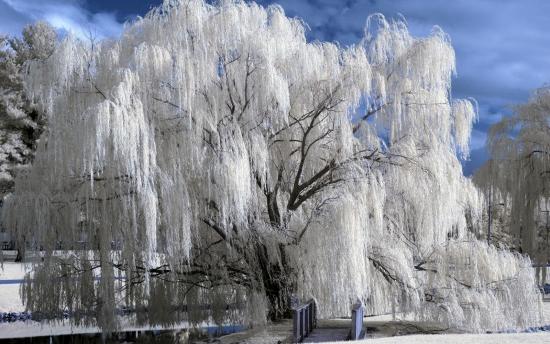
Spring awakens the holly willow first among all the plants of the Middle Zone.
Long before the foliage appears, its buds swell, which are oblong-shaped lumps with a fluffy white-yellow surface.
This flowering period is popular among photographers, in whose photographs touching blossoming branches symbolize the long-awaited spring and warmth.
In biology there is no separate name for fluffy buds.
People are accustomed to calling them “chickens” or “seals.”
The early flowering of the holly willow activates the imagination of photographers who create collages where, instead of a real blossoming bud, a kitten sits on a red branch, touchingly clasping it with its paws.
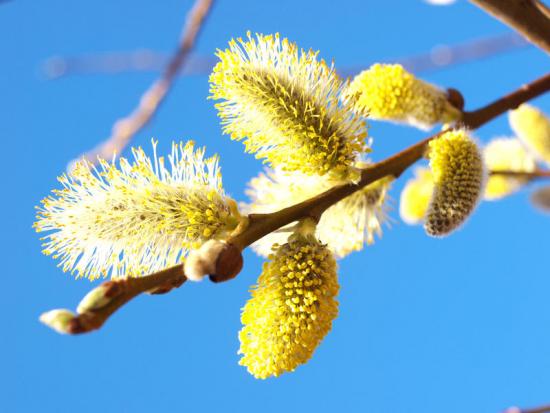
As they fade, the buds turn into earring flowers, which then produce seeds. By summer, the branches are completely free of earrings and are covered with round-shaped leaves.
Summer willow is a tree-like shrub with an oval green crown.
How to distinguish willow from willow
If you call a tree willow, then there will be no fundamental mistake in this, since it is one of the types of willow, and even has an official name - Acute willow. But the name “willow” cannot be applied to any tree of the willow species.
Four main differences between willow and other types of willows:
- Dark red color of the bark of the trunk and branches. Willow twigs are gray, yellowish.
- The shoots are easy to break, they bend poorly, grow predominantly upward, and in the bush they create a tightly intertwined crown. Willow shoots are picturesquely inclined downwards, elastic and flexible.
- Fluffy buds appear before the leaves bloom; willow buds appear simultaneously with the leaves.
- It takes root well in any conditions, and willow can only live on the shore of a reservoir.
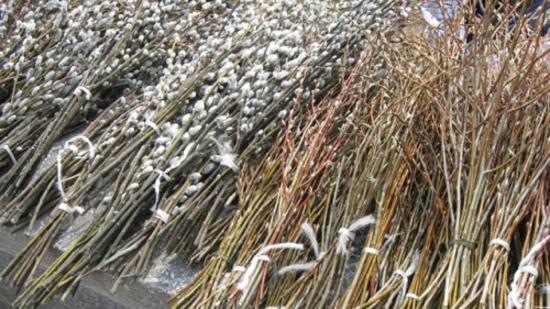
The name of the Christian holiday - “Palm Sunday” - implies the consecration of the branches of the holly willow.
On the eve of the holiday, bunches of branches of willow trees are sold around the temples. Knowing the four differences described above will help you purchase the right plant.
Let's watch the video and learn more about the differences between willow and willow:
Where is the plant distributed?
Unlike willow, which settles near water, willow can grow anywhere. She also loves water, but is so unpretentious that she can live in urban environments.
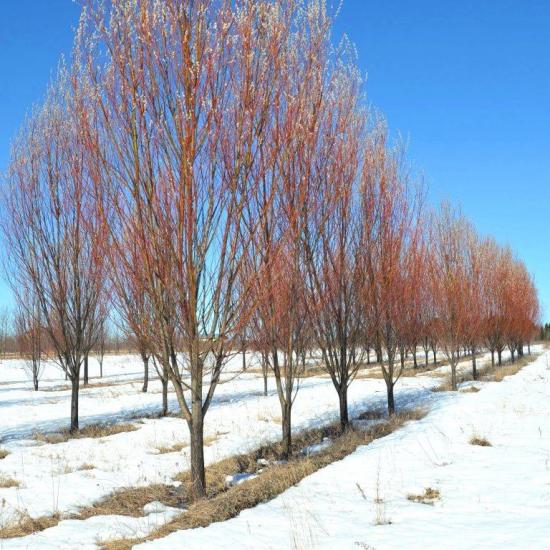
In conditions of high humidity, it grows quickly, forming dense thickets.
In Russia, holly willow can be found almost everywhere: in the Urals, in the European part, in Siberia, in the black soil region of the southern direction.
The plant is widespread in Ukraine. Residents of the country revere the willow as a symbol of their Motherland.
How to create conditions for growing a tree
An unpretentious plant that can grow in almost any conditions. To plant a new tree yourself, you need to take a branch from an adult plant and plant it in moist soil.
Despite the fact that willow can survive in sandstones, in swamps, in fields, and in gardens, it has its own preferences.
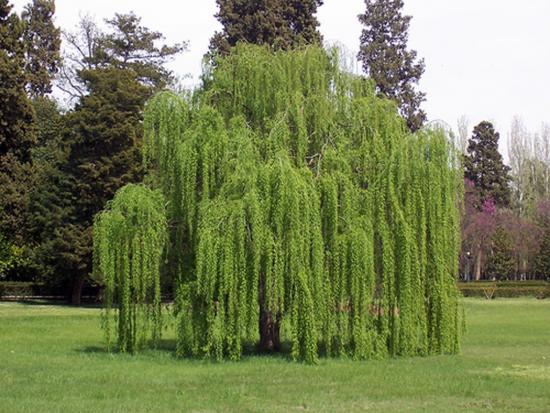
If you provide the newly planted bush with soil with high humidity and acidity, the rooting process will be faster, and in a few years it will create thickets.
Willow is able to survive the winter in severe frosts, waking up first and notifying about the coming spring with its fluffy buds.
Urban conditions with harmful automobile exhausts, industrial emissions and other atmospheric pollution are also not an obstacle to active growth.
Willow in landscape design
It began to be used in landscape design relatively recently. Having been undeservedly forgotten because of its “nationality,” it returned to parks, private and botanical gardens as a fast-growing plant that lends itself well to decoration.
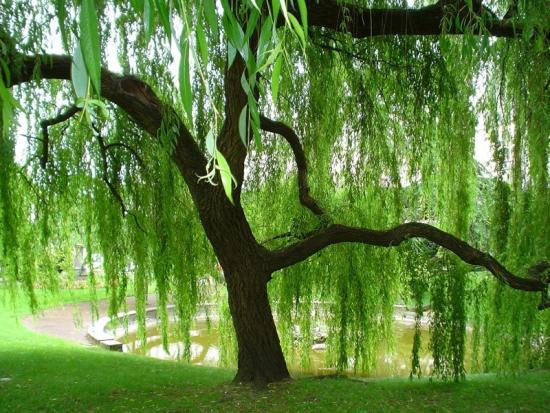
The special flexibility of the trunks of the willow family, to which it belongs, makes it possible to form from them braids, twisted trunks - posts, diamond-shaped hedges.
In its original form, it points to the “Russian” direction in landscape design. It goes well with birch and spruce trees, playing off the “Russian style”.
Let's watch an interesting video about the use of wood in landscape design:
Healing properties of the plant
The willow was valued by the people for several reasons: it was considered a magical plant that could draw out illnesses, ward off misfortune, and also served as a medicine for healing many ailments.
Traditional medicine today uses it in the treatment of:
- sore throats, colds, inflammatory diseases, feverish conditions;
- gynecological pathologies, internal bleeding;
- varicose veins and dermatological diseases;
- diseases of the gastrointestinal tract affecting the mucous membrane.
A decoction of the bark thins the blood, disinfects wounds, and stops diarrhea and bleeding.
Signs
This is a tree with strong energy. People believed that she was able to take away diseases. To eliminate a headache, just hold a sprig of the plant in your hand.
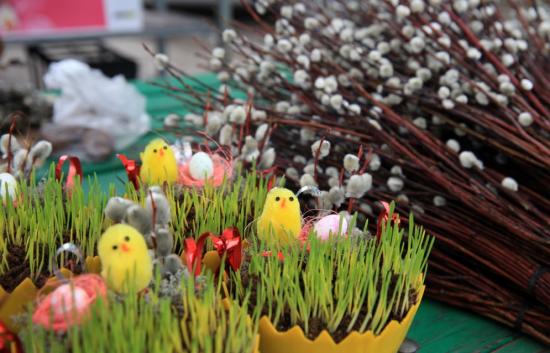
And serious diseases will be transferred to the tree if you tie a straw belt on it, which the sick person had previously worn.
On Palm Day, they tapped household members, loved ones and livestock with bouquets of twigs, knocking diseases out of them.
For the success of the journey, it was considered necessary to eat three buds from a blessed branch before leaving home.
Infertile couples were treated by constantly carrying tree branches with them.
The branches hung over the threshold of the house were supposed to protect it from ill-wishers and thieves.
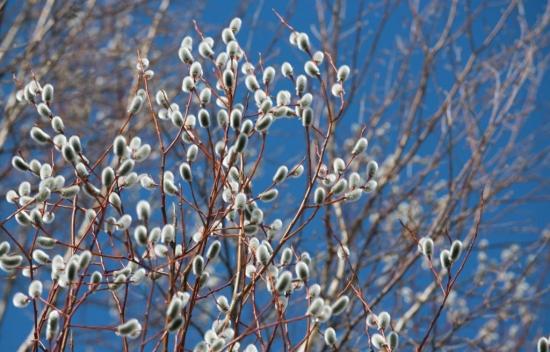
Staying near a tree for a long time is not recommended. Having selected all the negativity from a person’s energy field, it can begin to take energy, which can result in loss of strength and depression.
In ancient times, the flowering of a tree was used to predict the fertility of the coming agricultural year. The top strewn with buds promises a bountiful first harvest.
If the lower part of the crown is abundantly strewn with buds, then the last sowing will be the most fertile.


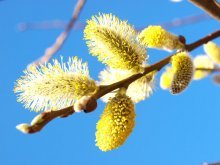
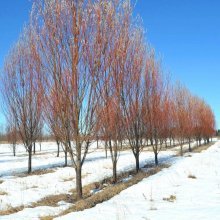
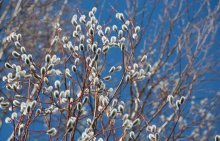

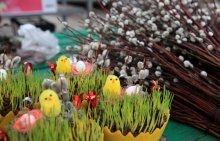
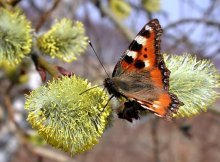

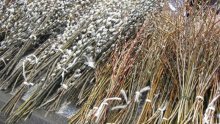


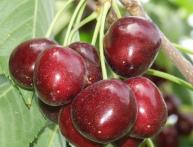

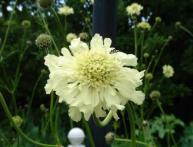
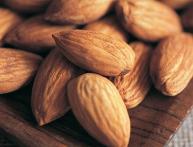
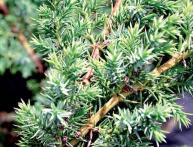
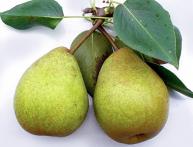
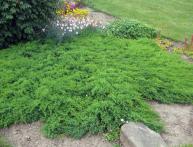
Comments
Willow is a very beautiful tree; it grows everywhere near lakes and rivers. In the spring, when there are still no leaves on the trees, willow branches sprinkled with white fluffy lumps look very beautiful.
These are the fluffy “seals” that our girls snatched and brought them to their faces, once there was even an accident when such a fluffy “seal” hit one girl in the nostril, but everything turned out okay.
At one time, such a tree grew on our site, it was of little use, but it looked beautiful. Unfortunately, its flowering branches were constantly cut off for religious holidays, as a result it completely dried up.